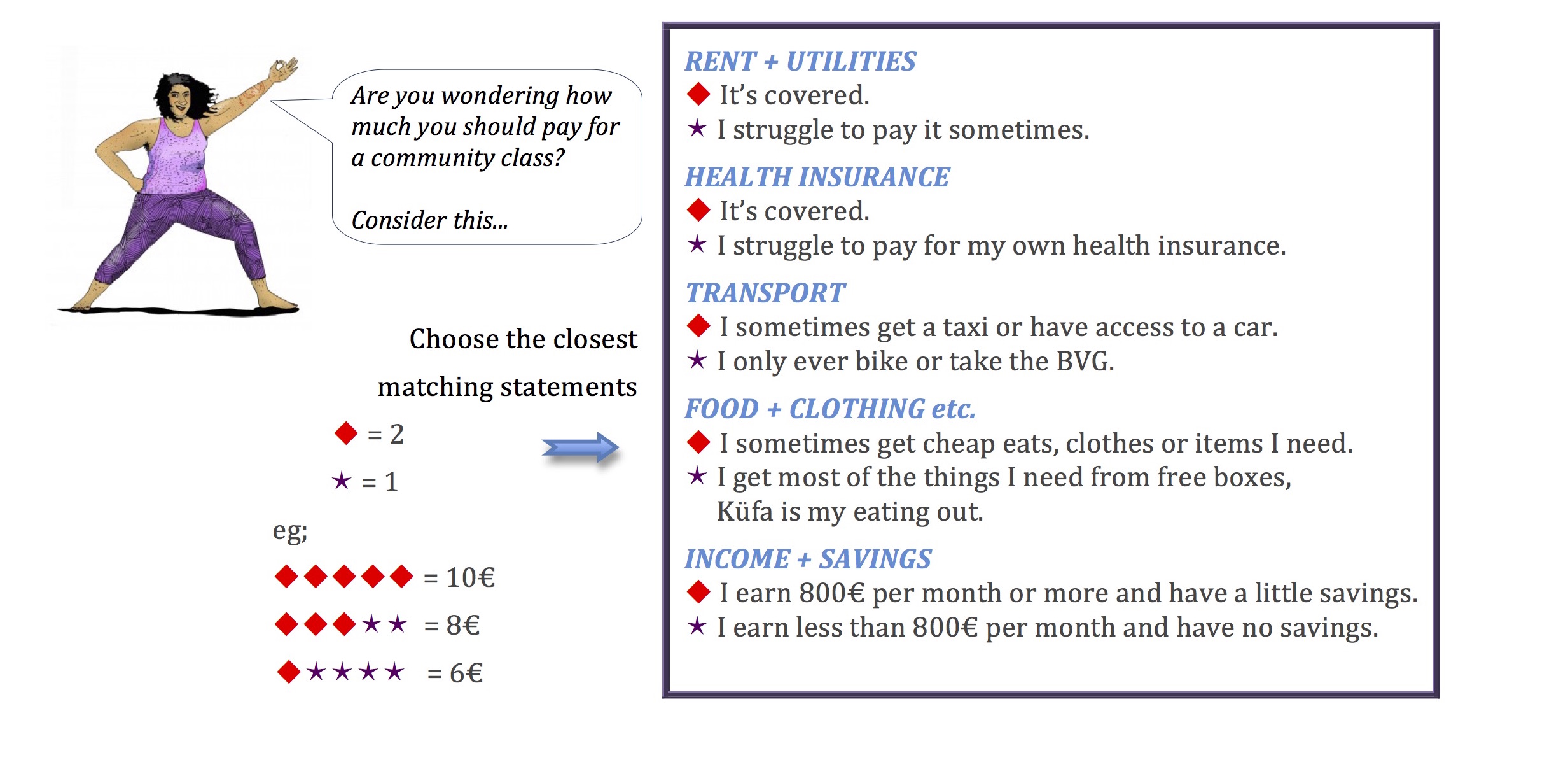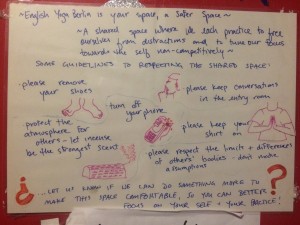Those of us who live in the 52nd latitude are well aware that when winter comes the days grow shorter, and our lovely sun is not giving us as much vitamin D to feed our immune system. And as the weather gets colder and wetter, more people pack themselves into crowded transportation rather than ride their (t)rusty wire donkeys. Being the international city that it is, Berlin gives one’s immune system a workout, with germs coming from all over the world, rather than the ones we grew up with and learned to adapt to. A challenge I gratefully accept because I believe that learning about, and adapting to, all kinds of different cultures (including those as small as the ones that take up habitat inside my gut) is what keeps me strong, flexible and ready for other things that come my way. So I compiled a list of 6 simple things to fight the flu season that have worked for me to keep my immune system strong during these cold and dark months.

Wear layers to regulate body temperature
1. Layers
Moving in-between different temperatures is a good recipe to foster cold and flu bugs. Dressing warmly is necessary for being outside, but then with a heavy sweater or coat on inside, sweating can promote their growth. For me, what works is wearing layers. I can regulate my body temperature by removing one or more layers depending on how warm or cool a place is kept. For instance, grocery stores tend to be cooler than a city bus.
2. Deep Breaths
While standing to wait in the cold, we have a tendency to hunch the shoulders up to stay warm. But this actually has the opposite effect, and can result in tension in the neck and shoulders. Hunching up restricts the lungs and causes more shallow breaths. This cools the body down even more. Not only does breathing deeply and slowly warm up the body, but it also helps more oxygen and other nutrients to move through the whole cardiovascular system, hence strengthening the immune system. Exhaling slowly has also been shown to reduce anxiety and stress. Also very helpful in these busy, end of the year days. So, in addition to wearing layers, I make sure to wear a big scarf to keep my neck warm. Then I can let my shoulders relax down and lengthen up my torso to widen my chest and take deep breaths.
3. Drink fluids
Tea, tea, and more tea. That’s all I’m going to say. No, seriously. It warms me up, and flushes out any built-up toxins. Just plain water is good too, of course. Hot cocoa and coffee can also be very nice. But if I feel myself coming down with a cold, I’ll try to eliminate any sugars, because it can lower the immune system’s response.
4. Sleep, rest
My body’s circadian rhythm is somehow very attuned to how dark it is outside. It tells me I need more sleep and rest during these months of 16 hours of daily darkness. I wonder what it would be like if I lived in northern Sweden? I may not always listen to my body, but when I do I feel more rested.
5. Exercise
I’m riding my bike less and less, so I try to compensate for the lack of cardio by walking more and going to dance classes. I also prefer to walk the stairs instead of taking the escalator. It not only feels good on my cardiovascular system, but also for my mental health.
6. Public spaces
I don’t use hand sanitizer so often. After playing ball with the dog, or when there’s no hot water or soap in a public washroom, it’s quite useful. But I try to avoid it if possible, so as not to remove the helpful bacteria that my body needs. I feel quite blessed that I have a strong immune system (well, I have a few chronic conditions that I struggle with, but on the whole I’m rather healthy). I *can* move through public spaces and hold handrails, and somehow manage to not get sick. But I know people who would get sick instantly. Carrying around hand sanitizer would be a definite benefit. But I also find for myself, that avoiding touching my own face in public also helps. If I’ve been traveling around on public transit, when I finally get a chance to I’ll wash my hands.
At English Yoga Berlin we offer small classes for more personalised practice and private yoga lessons. Juli‘s yoga classes in English are a slow Vinyasa Flow yoga / Svastha yoga mix. Contact us here to learn more and book a private session, or check our classes schedule to participate in a group class at our Kreuzberg yoga studio.







